The Scientific Committee on Antarctic Research (SCAR) has reported the first detection of a deadly bird flu, H5N1, in gentoo penguins near Antarctica, raising concerns about the potential spread among the continent’s vast penguin colonies.
This discovery came after researchers found approximately 35 penguins dead on the Falkland Islands in January, with two of the deceased testing positive for the virus, as confirmed by Ralph Vanstreels, a veterinarian working with SCAR.
Rising Death Toll Among Penguins
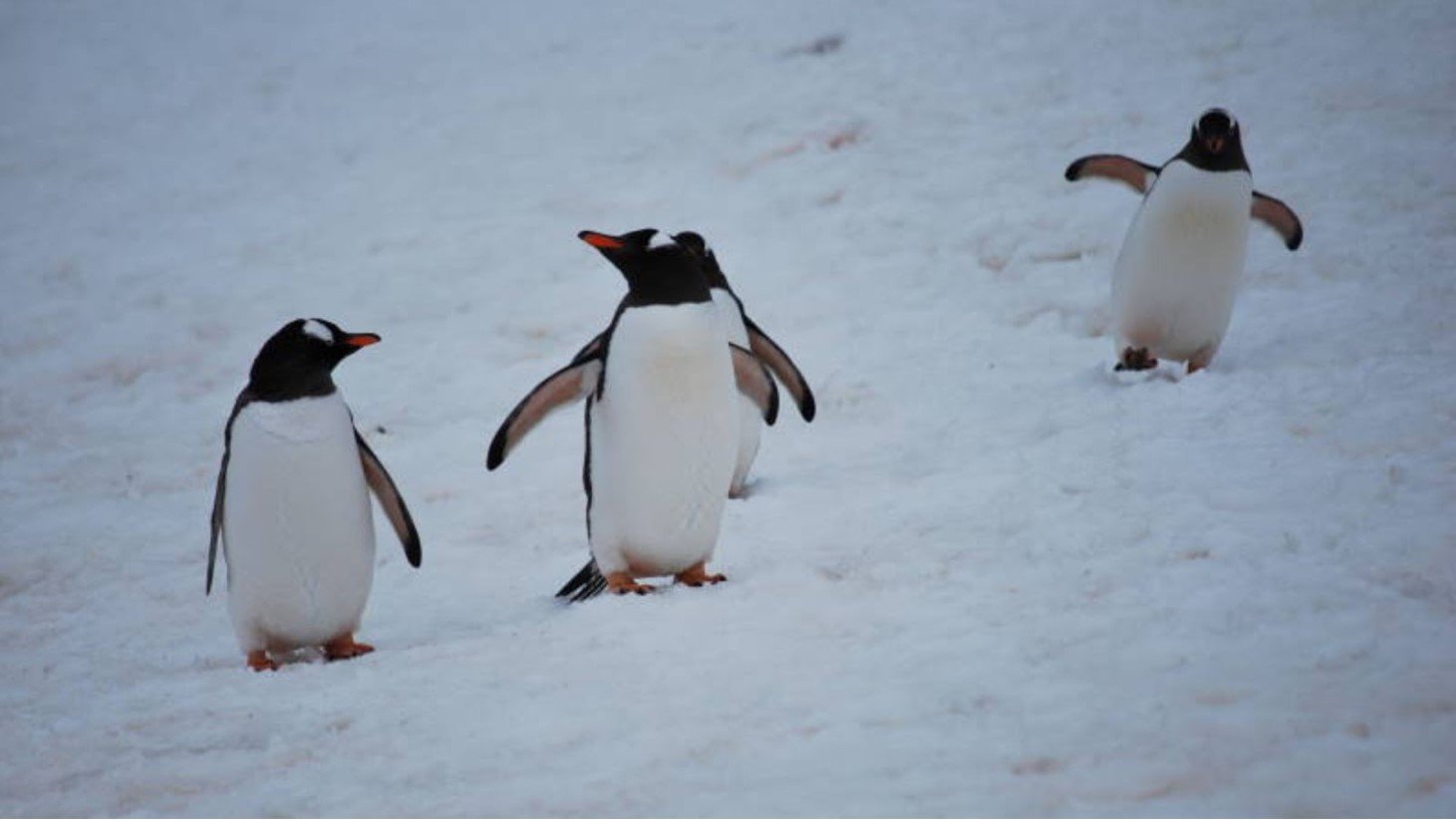
Reuters reports that the situation has escalated quickly, with over 200 penguin chicks and several adults found dead by the end of January, according to a government spokesperson, Sally Heathman.
This loss has confirmed the susceptibility of gentoo penguins to the H5N1 virus, which has caused widespread mortality in bird populations across the globe in recent months.
Limited Spread Due to Penguins’ Habits
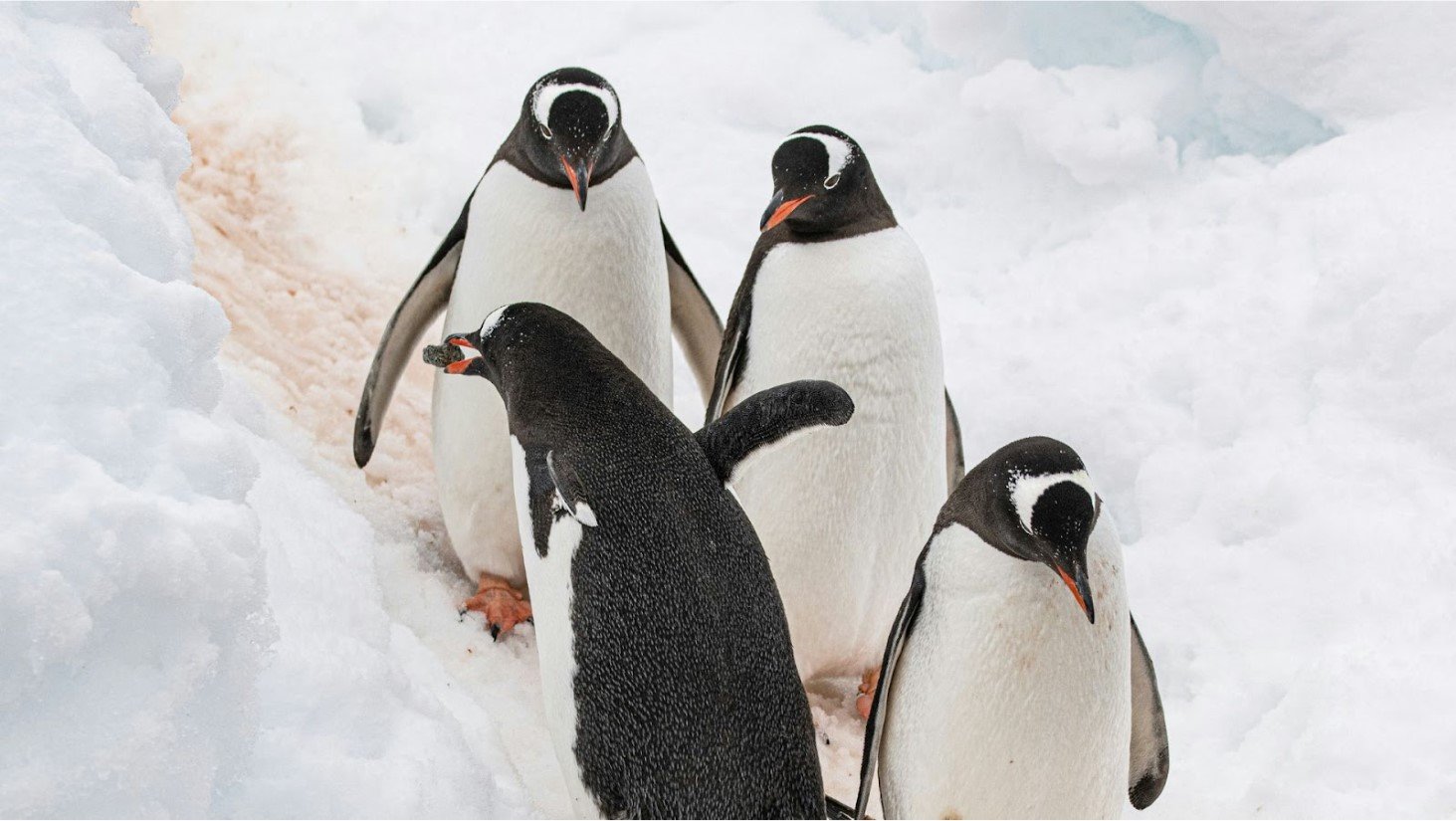
Despite the deaths, the spread of the virus to the Antarctic Peninsula is considered unlikely due to the gentoo penguins’ limited travel between the Falklands and Antarctica, per information from Reuters.
Vanstreels, a researcher affiliated with the University of California-Davis, emphasized that traveling penguins are unlikely to drive the spread to the southern continent.
Local Reservoirs of Infection
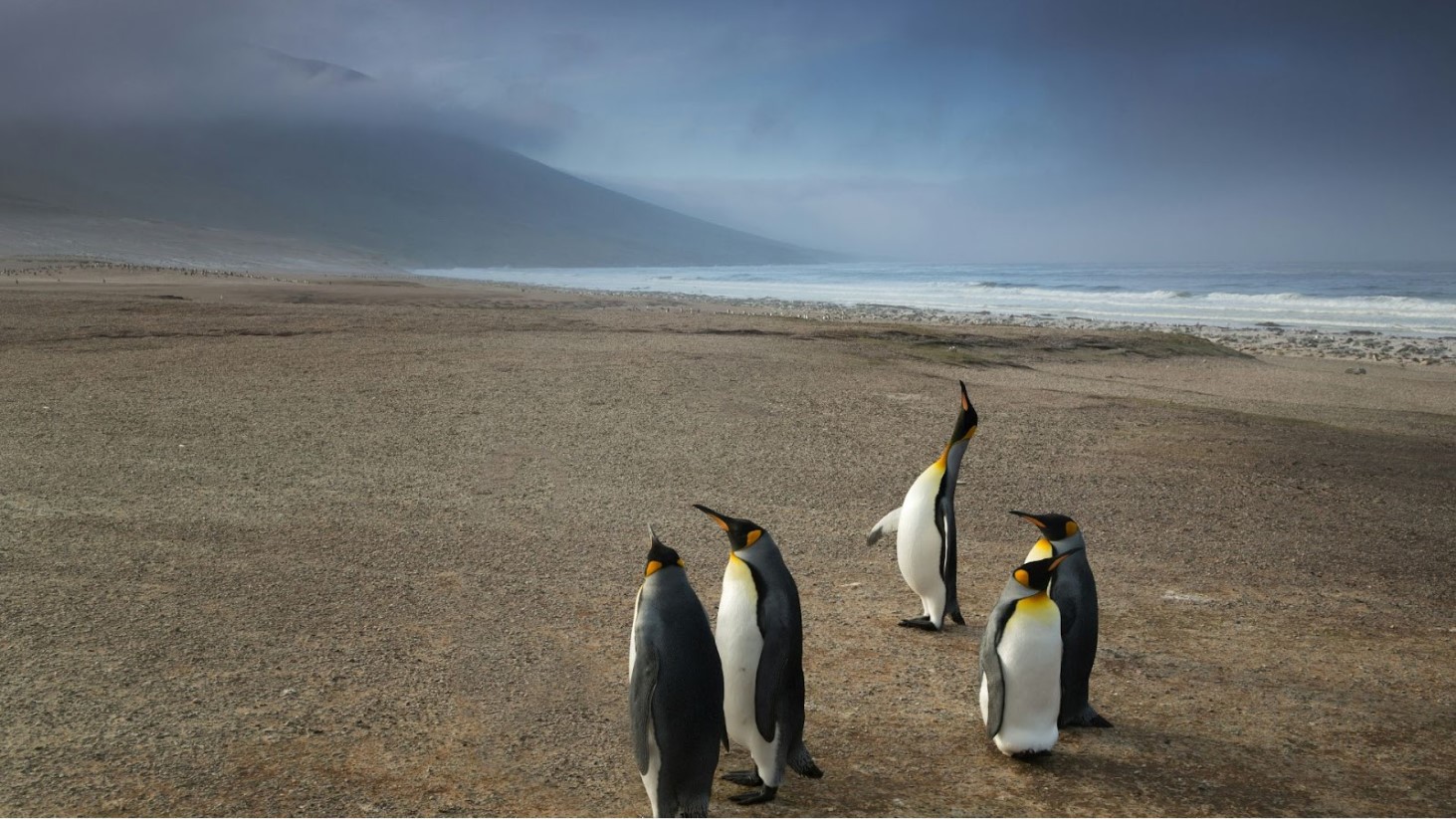
The role of gentoo penguins in the spread of H5N1 may be more confined than initially feared.
Reuters reveals that, according to Vanstreels, these penguins could “serve as local reservoirs of infection,” maintaining the virus within the islands without spreading it further.
Preparing for a Larger Outbreak
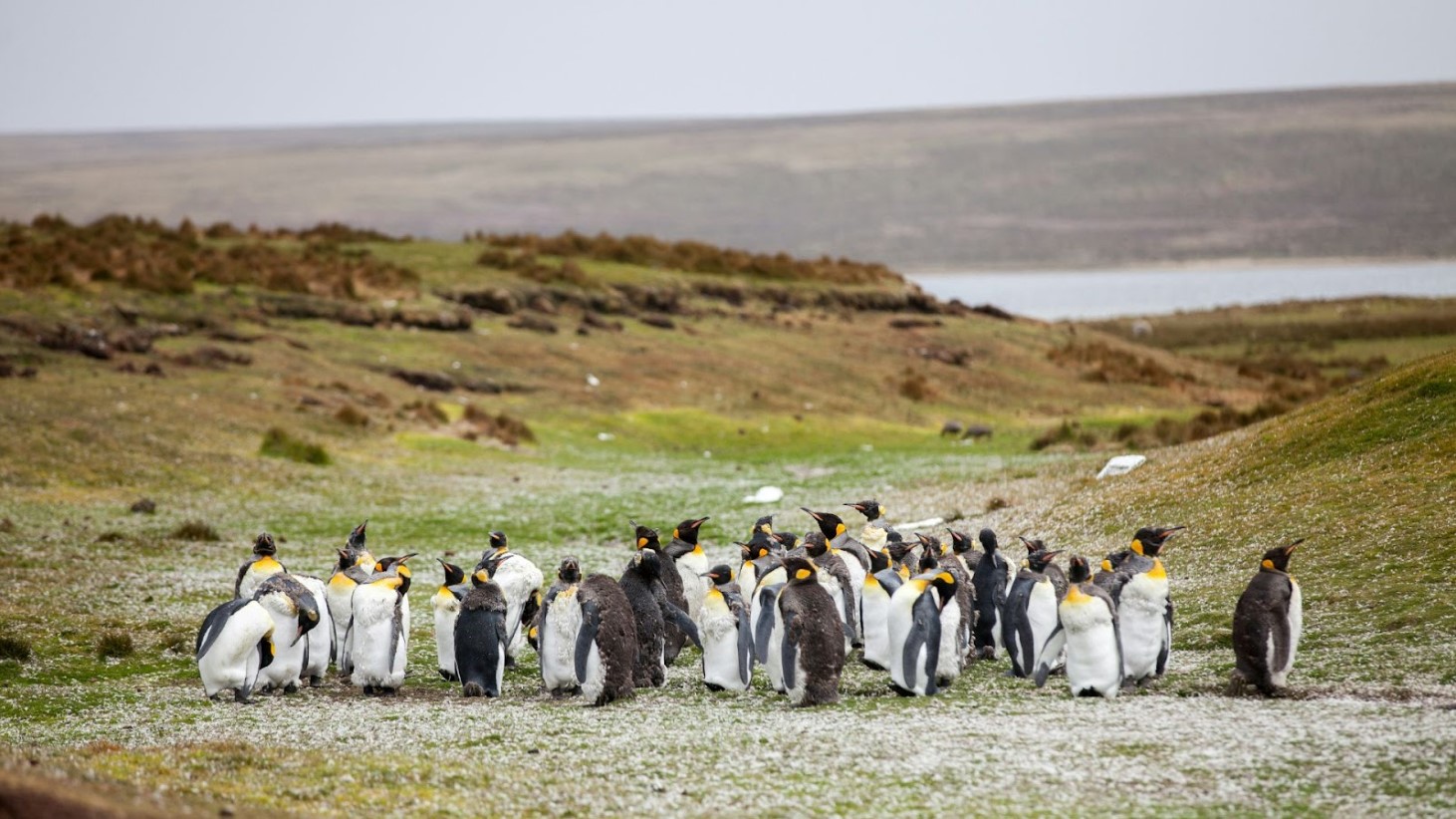
The Falkland Islands government is on high alert, “preparing for a large-scale outbreak” among the penguin populations, Heathman told Reuters.
With the virus already confirmed in gentoo and potentially affecting rockhopper penguins, efforts are underway to understand the full scope of the threat, as officials await further test results.
Penguins’ Susceptibility to H5N1 Confirmed
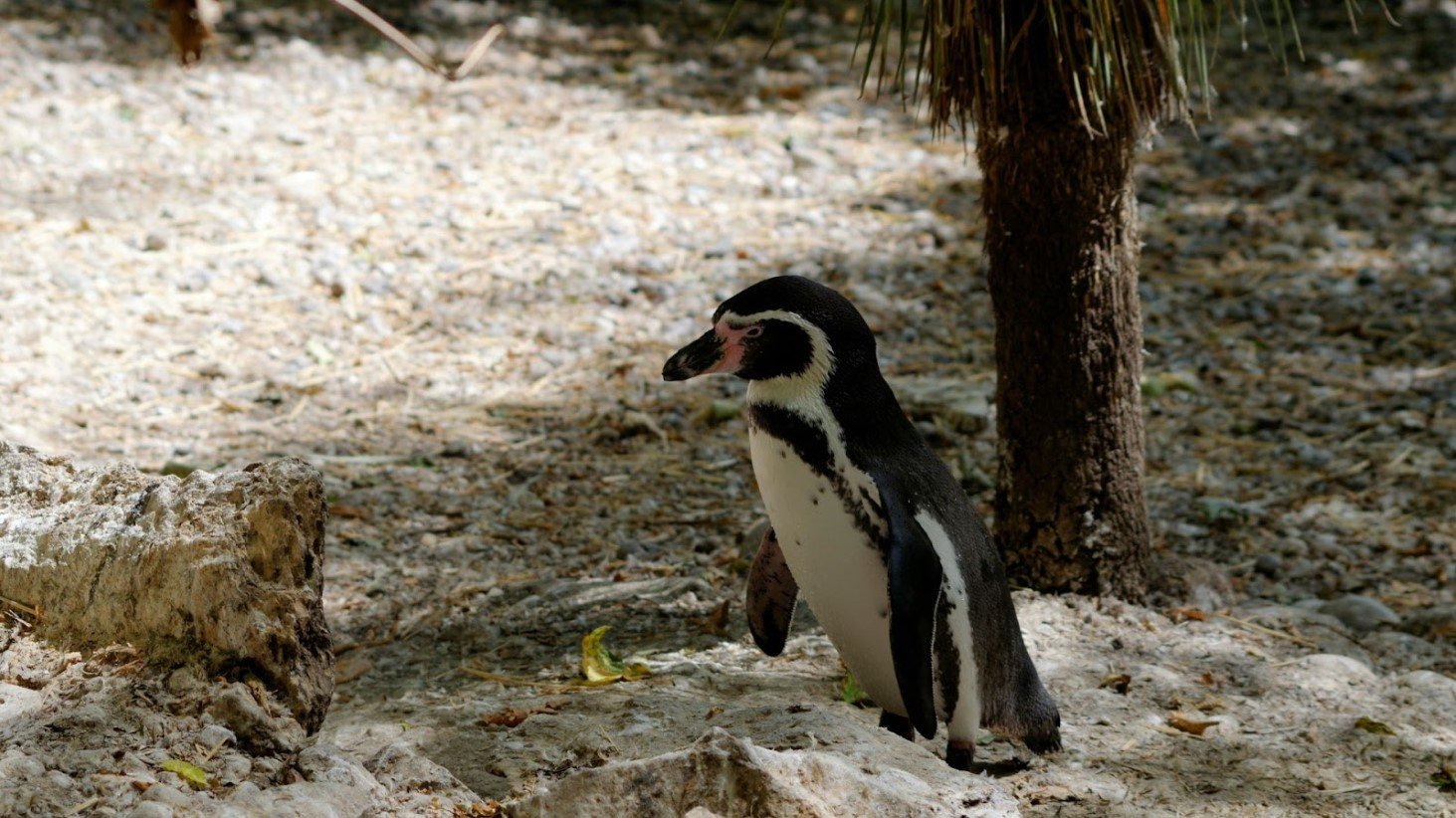
The Guardian reports that past outbreaks in South Africa, Chile, and Argentina have shown that penguins are particularly susceptible to H5N1.
The recent arrival of the virus in the Antarctic signals a grave risk to these species, which have previously experienced massive die-offs in other parts of the world due to similar infections.
Suspected Cases in King Penguins

Reports have emerged of at least one suspected case of H5N1 in king penguins in the Antarctic region, per information from The Guardian.
If confirmed, this would mark the first instance of the virus affecting king penguins in the wild, raising alarms about the potential for widespread transmission among different penguin species.
South Georgia Reports

Authorities in South Georgia have also investigated reports of bird flu in king penguins but found no evidence to support these claims.
This information, provided to Reuters by Meagan Dewar of SCAR’s Antarctic Wildlife Health Network, offers a glimmer of hope that the virus may not have spread as widely as feared.
Beyond Penguins: Seals at Risk
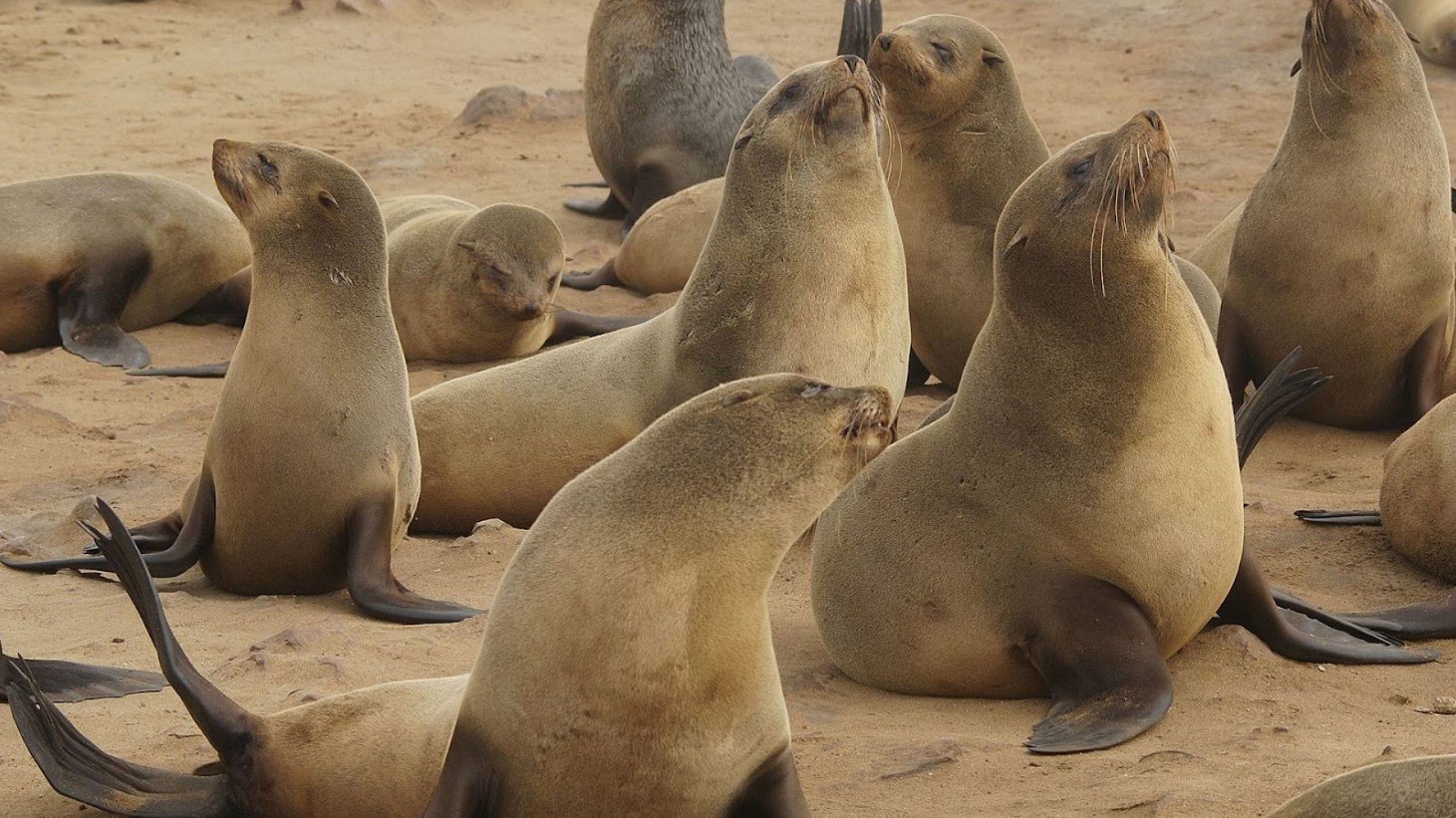
Reuters notes that the impact of the H5N1 virus extends beyond penguins, with elephant seals and fur seals in South Georgia experiencing increased mortality rates due to the virus.
Ralph Vanstreels highlighted the particular concern for Antarctic fur seals, given that South Georgia is home to a significant portion of the world’s population of this species.
Scientists’ Concerns Over Ecological Disaster
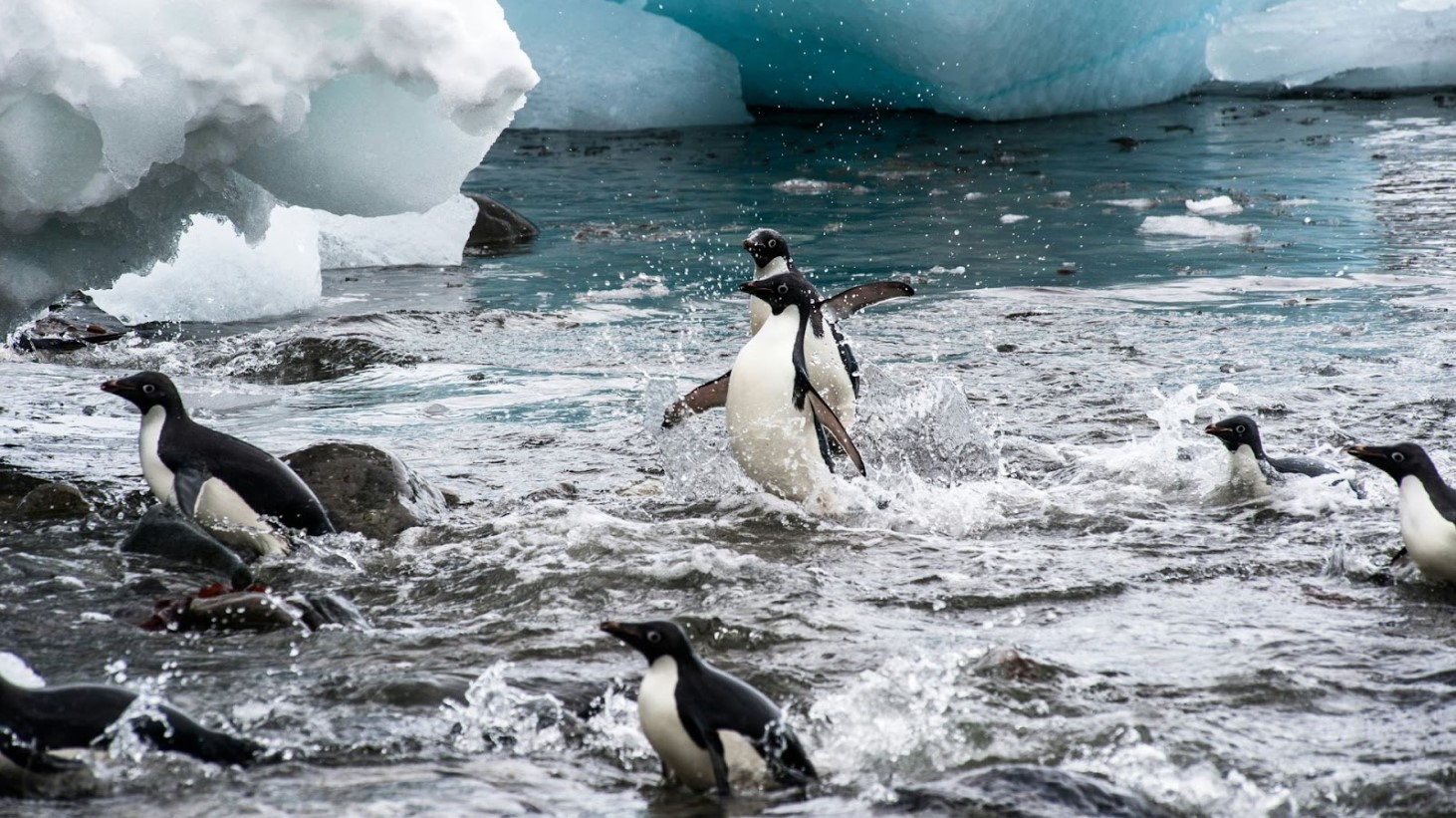
Researchers have expressed grave concerns over the potential for H5N1 to cause “one of the largest ecological disasters of modern times” if it continues to spread through Antarctic penguin populations, via information from The Guardian.
The timing coincides with the breeding season, during which penguins cluster together, potentially facilitating the rapid transmission of the disease.
No Recorded Cases on the Antarctic Mainland
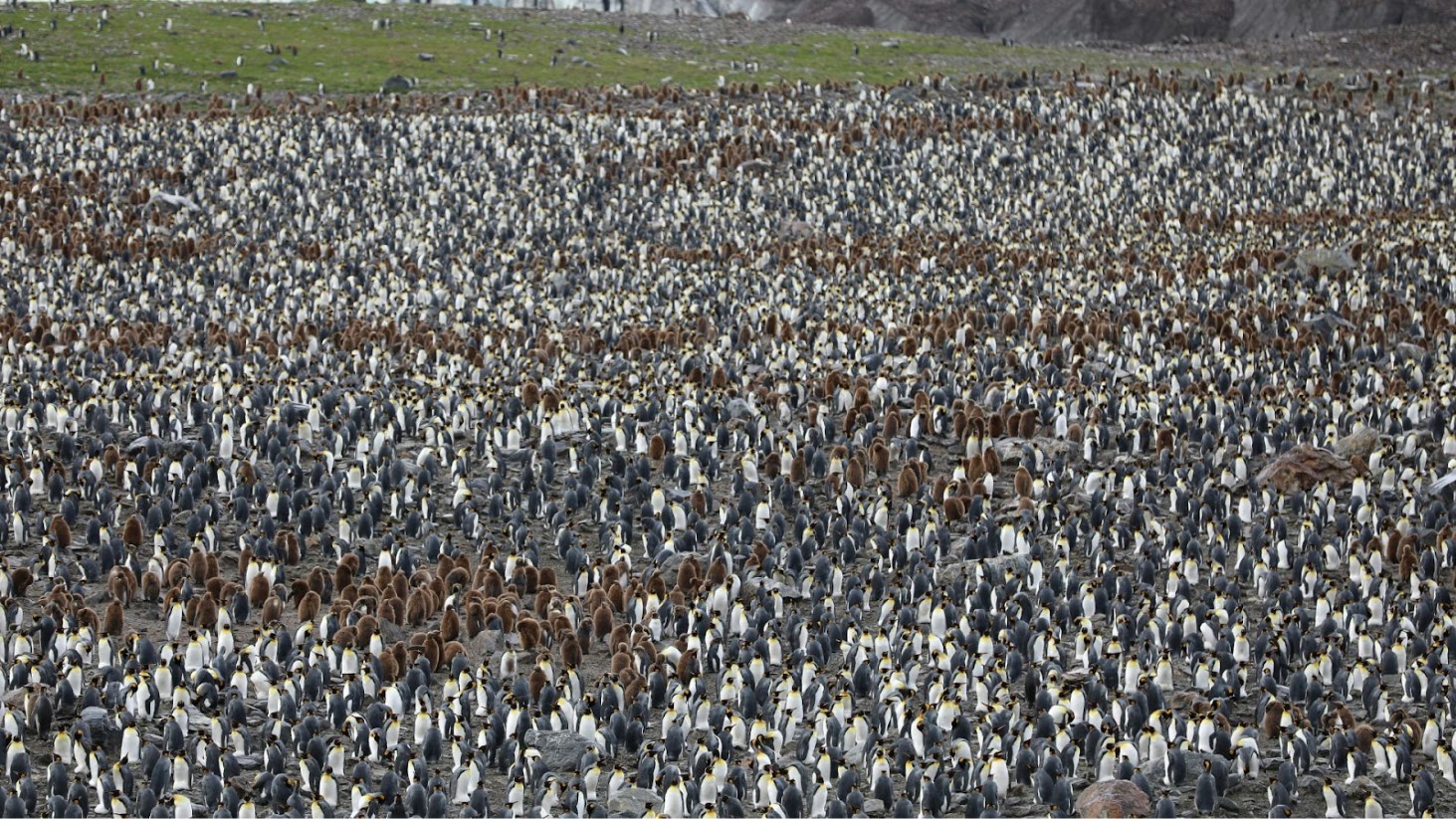
The New York Times reports that to date, there have been no recorded cases of H5N1 on the Antarctic mainland. While the disease may be spreading, experts say the limited human presence in the area has possibly meant the cases have not been documented.
This situation highlights the challenges in monitoring and responding to wildlife diseases in remote regions.
H5N1’s Impact Beyond Antarctica: Arctic Wildlife at Risk
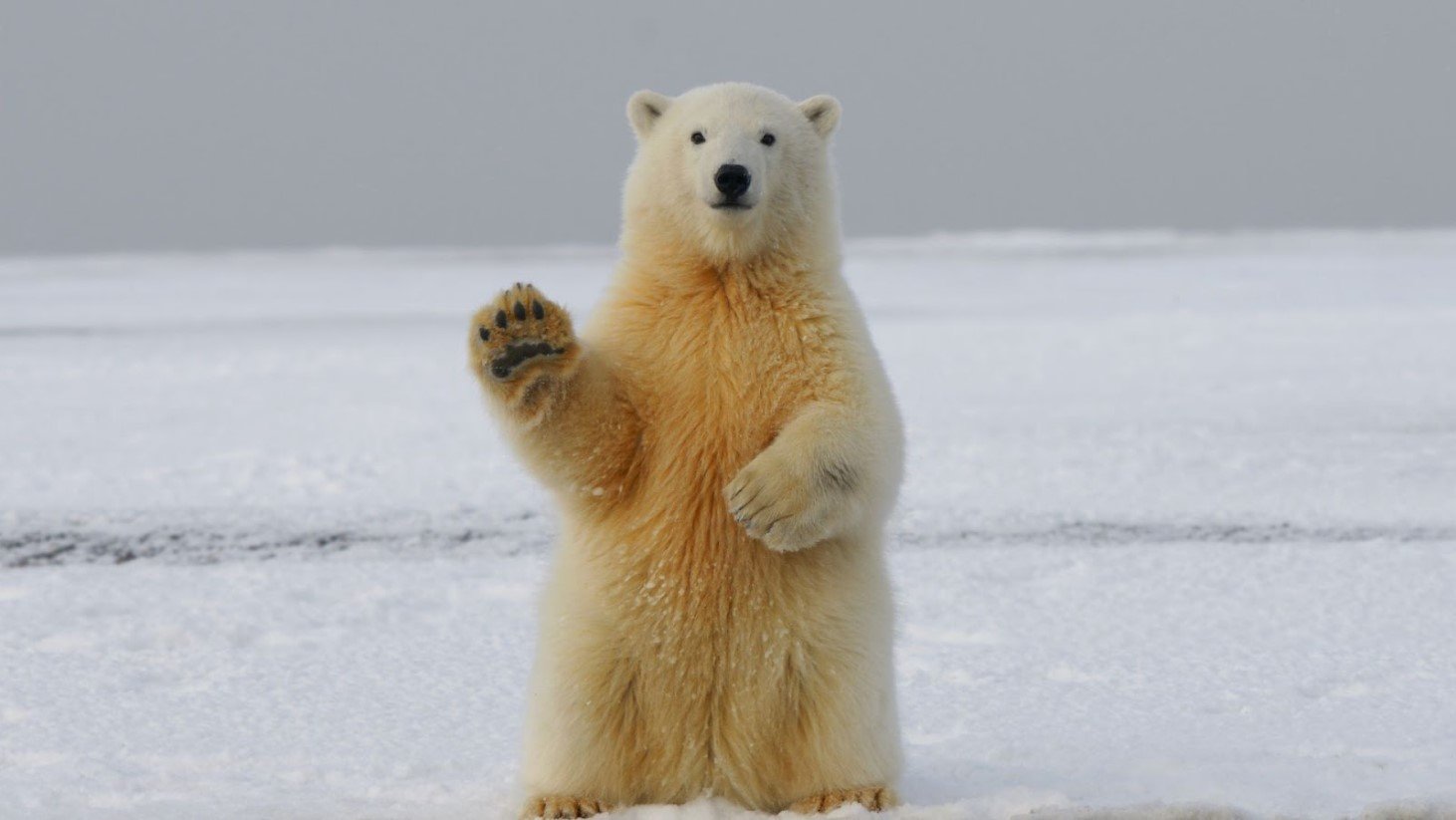
The devastating effects of the H5N1 virus extend far beyond the shores of Antarctica, reaching into the Arctic and affecting its wildlife populations.
In a concerning development reported in December 2023, a polar bear was confirmed to have died from the H5N1 virus, marking the first known case of its kind, according to The Guardian.








































